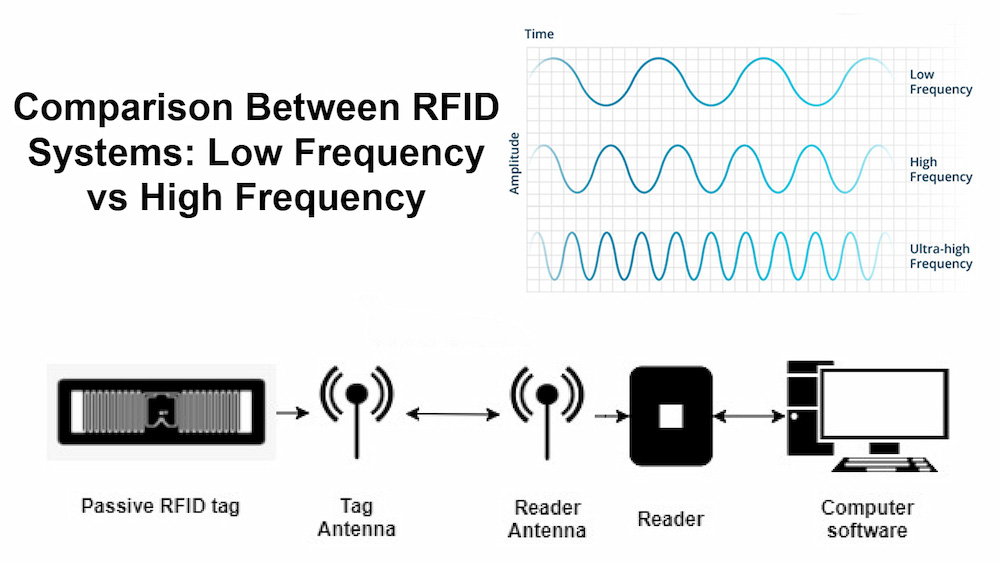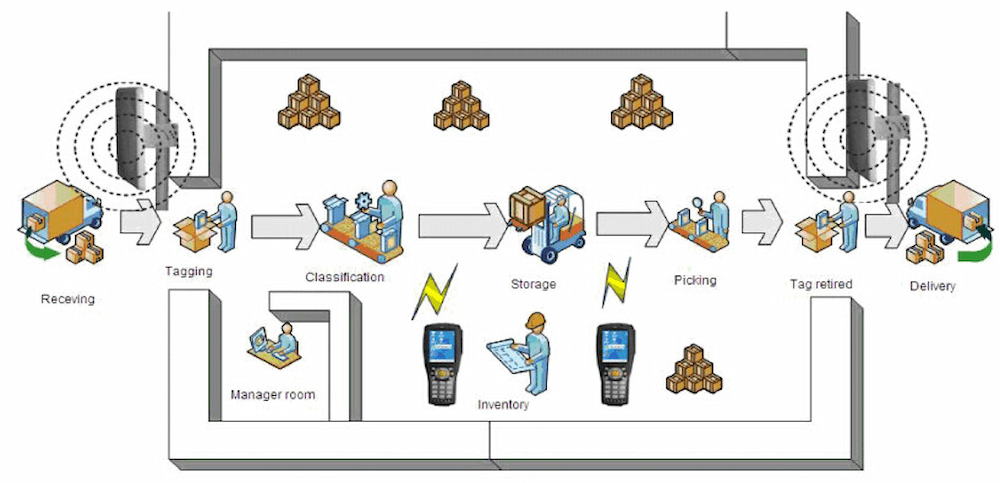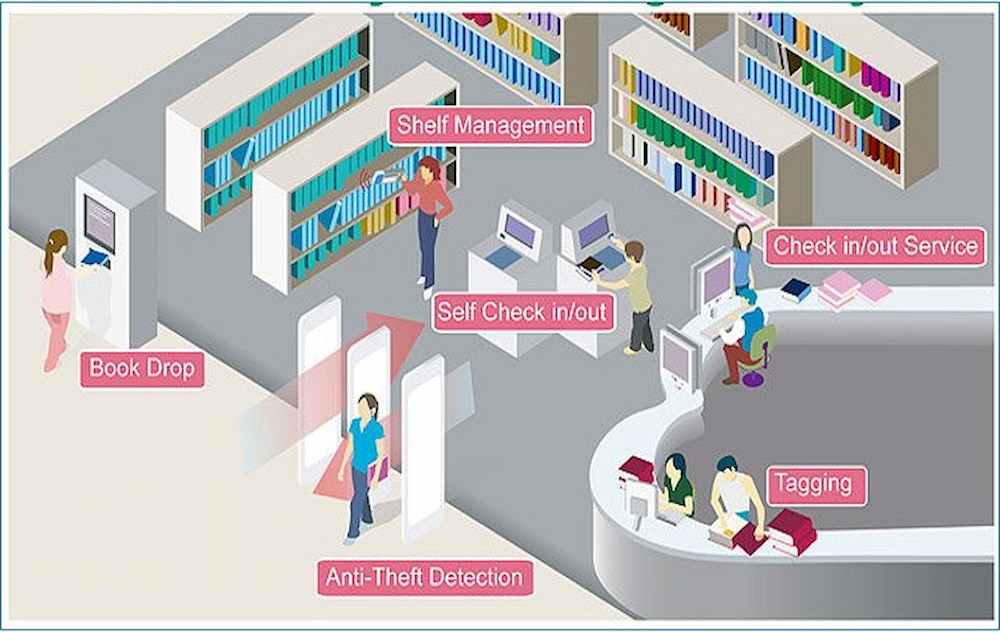
Navigating the world of RFID cards can be complex. With various frequencies, materials, and capabilities, selecting the wrong type can lead to system failure and wasted investment. This guide breaks down the critical factors to help you make an informed, professional decision. We will focus on technical specifications that impact real-world performance.
Understanding RFID Frequency: The Core of Your System
The frequency of an RFID card determines its communication range, speed, and ability to read near metal or liquids. Choosing the correct frequency is the first and most crucial step.
Low Frequency (LF) 125 kHz: These cards have a very short read range (up to 10 cm). They are highly resistant to interference from metals and liquids, making them ideal for access control in challenging environments or for animal identification. However, they have slow data transfer rates and no anti-collision features for reading multiple cards at once.
High Frequency (HF) 13.56 MHz: This is the most common frequency for smart cards. The ISO 14443 A/B standard is used for most access control and payment cards, with a typical range of up to 10 cm. The NFC protocol is a subset of HF, enabling communication with smartphones. According to the NFC Forum, over 2 billion NFC-enabled devices are in use globally, making HF cards a future-proof choice for interactive applications. They also support anti-collision.
Ultra-High Frequency (UHF) 860-960 MHz: UHF cards offer a very long read range, from 3 meters up to 15 meters under ideal conditions. This makes them perfect for inventory tracking, asset management, and vehicle access. However, they are more susceptible to interference from metals and liquids. The RAIN RFID Alliance promotes the global adoption of UHF, which is the technology behind modern retail supply chain logistics.

Card Construction and Durability
Not all RFID cards are created equal. The construction material directly impacts the card's lifespan and suitability for your environment.
Standard PVC Cards: These are the most common and cost-effective option. They are suitable for general office access control, membership cards, and ID badges. Their typical lifespan is 2-3 years with daily use.
Composite Cards (PET/PVC): These offer a higher durability than standard PVC. They are more resistant to cracking, bending, and exposure to mild chemicals. A PET card can last over 5 years, making it a better value for long-term projects.
ABS and Epoxy Cards: These are the premium choice for extreme conditions. They are hard, rigid, and highly resistant to high temperatures, abrasion, and harsh chemicals. An ABS card is often used in industrial settings, laundry applications, and as a key fob, with lifespans exceeding 10 years.
Security Features: Protecting Your Assets
Security is paramount. The level of encryption on your RFID card determines how vulnerable your system is to cloning and unauthorized access.
Low Security (Low Frequency): Most 125 kHz cards, like EM4100, use a simple, fixed identifier. This ID number is transmitted without encryption, making the cards easy to clone with cheap, readily available writers.
High Security (High Frequency - MiFARE): Cards like MiFARE Classic offer basic mutual authentication and sector-level security. However, they have known vulnerabilities. For higher security, MiFARE DESFire EV2 is the industry benchmark. It uses AES-128 encryption, has a secure microcontroller, and is certified to Common Criteria EAL4+. The German Transit Authority (VDV) core application relies on MiFARE DESFire, a testament to its robustness for large-scale, secure systems.
Memory Capacity and Customization
Think about what data the card needs to store. Memory requirements vary significantly.
Low Memory (LF/HF Basic): A basic access control card may only need 1-4 KB of memory to store a unique ID and basic access credentials.
High Memory (HF Advanced): For multi-application cards used for access, cashless payment, and loyalty programs, you need more memory. A MiFARE DESFire 8K card, for instance, offers 8 KB of memory, allowing for complex data structures and multiple independent applications on a single card.

Making the Final Decision: A Case Study
Let's apply this knowledge to a real-world scenario.
Case: A University Campus
Requirement: A single card for building access, library book checkout, and cashless payments at the cafeteria.
Solution: An HF 13.56 MHz card (MiFARE DESFire EV2) was chosen.
Why it Works:
HF Frequency: Provides the perfect balance of secure, short-range reading for access and payments, while also supporting fast, anti-collision book checkouts.
DESFire Security: Protects student financial data and prevents card cloning for building access.
Sufficient Memory: The 4KB memory model allows the card to hold access permissions, library data, and an electronic purse balance.
Durable PET Material: Withstands daily use by thousands of students for the duration of their studies.
By matching your specific needs for range, environment, security, and application to the technical capabilities of the card, you can ensure a successful and reliable RFID implementation.
As RFID specialists, we don't just sell cards; we provide integrated solutions. We help you navigate these exact questions to design a custom card that delivers on its promise.

leave a message
Scan to wechat :

Scan to Whatsapp :
